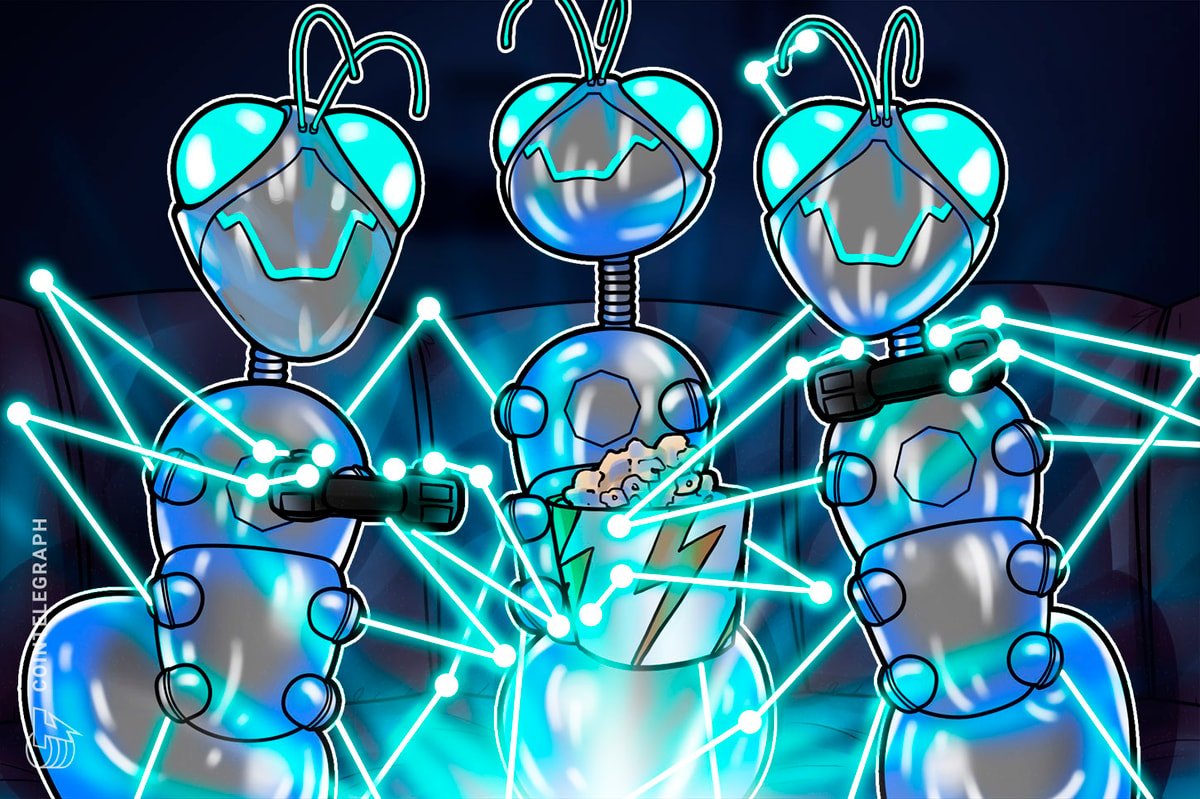Art By: Jing Jin
Mining is going through some changes, that much is clear. The increasing difficulty, along with the low price of Bitcoin, is causing all sorts of interesting news events. The next step might not simply be more hashing power, but using that power more effectively. Tools, rather than brute strength, may be where we see the next big growth.
Of course, the difficulty will continue to increase and so will the hashing power of new machines. Massive mining centers will continue to grow more massive, and the never-ending arms race will continue to be never ending.
The Blockchain Factory was started by Nathan Wosnack and David Mondrus, two former members of a popular ICO, who left because they were concerned about, among other things, over promising. Blockchain Factory has taken the opposite, methodical approach.
They aren't promising anything until it is ready, and they have three useful tools ready to go right now. Two of them, BTC2MySQL, a tool designed to help track and explore the blockchain, and Bitzme, one link for all donation methods (including altcoins, Paypal and bank accounts). We will talk about in a later article.
This article is about their miner slicer, which is the kind of tool that doesn't increase your mining capabilities, but instead gives users more control over how they use their hashing power.

Currently, if you have a powerful miner, you can either put it on the bitcoin network and hope for a reward in (by far) the most competitive crypto mining space on the internet. Or, you can move it to a less competitive SHA-256 coin and greatly increase your chances at a reward, but risk taking over the entire network by taking over 51% of the coin's total network.
The bitcoin community does not need to be reminded of the dangers of a 51% attack. It wasn't that long ago that the Ghash scare caused the price to drop, and those attacks are much easier to perform on smaller coins with a lower network hashing power. Blockchain Factory's mining slicer fixes this by allowing users to split their hashing power among different coins. It is designed for medium- to large-scale companies, and they tell me that one of their clients includes a major cloud mining company.
This is different than merged mining, and Blockchain Factory customizes each order to the customer's need. Wosnack tells me that Blockchain Factory's slicer enables “simultaneous mining of a particular algorithm of a coin, for a truly time-sliced and distributed mining experience.” further expanding on that, he stresses that “the mining slices are not correlated; we have statistical data to prove they act entirely independent of one another.”
Everything is handled on the client's side, so no hashing power is wasted sending it through a pool or through The Blockchain Factory. Everything is done client-side simply by dropping a few files in the correct folder and running it in the command line. (Blockchain Factory does offer a GUI for those that need it.)
This all sounds well and good, but not necessarily revolutionary. Where it gets interesting is when we start talking about cloud mining and bringing some of those hashes to the lesser-known coins. Imagine if CEX customers had more than the binary choice of either mining or not mining bitcoin, but could instead focus on any other SHA-256 coins they would like to try their luck at (and not just coins that can be merge mined).
The Blockchain Factory also offers add-ons for Scrypt, X11, X13, NIST5, and various other popular algorithms. Imagine cloud mining companies not only offering coins that represent hashing power on the Bitcoin network and other SHA-256 coins, but also selling coins that represent the hashing power of various other algorithms. The various coins could be traded, and the mining slicer could be used to allow customers to choose which coin they would like to mine. Cloud mining contracts as coins generally don't work for altcoins, because no coin is stable enough to warrant that kind of investment, and mining can generally be done at home, but investing in an entire algorithm is less risky. If Litecoin's price drops, miners can point those hashes at Anoncoin or Redcoin or any other scrypt coin, if they choose.
This lets people invest in and contribute to securing a coin, without requiring the current all-or-nothing approach. The cloud mining companies that currently control large percentages of the Bitcoin network can't get into alts without dedicating specific hardware to them, or completely overpowering their network. The power cloud mining that companies bring could accidentally destroy the coin.
The Blockchain Factory's mining slicer potentially lets the customer decide which networks those hashes go towards. Altcoins have a problem with a lack of confidence. Investors cannot be ensured that a new coin will be around in a month or a year. There are other reasons for that besides network security, but it is always a concern. If the smaller coins want to be able to say that their coin is secure, they need hashing power that makes a 51% attack infeasible. Oodles of hashing power exists on the Bitcoin network. In times like the present, the difficulty makes it unprofitable to mine. Perhaps some of that hashing power could be devoted to the tidal pools of innovation that altcoins represent.
Did you enjoy this article? You may also be interested in reading these ones:











